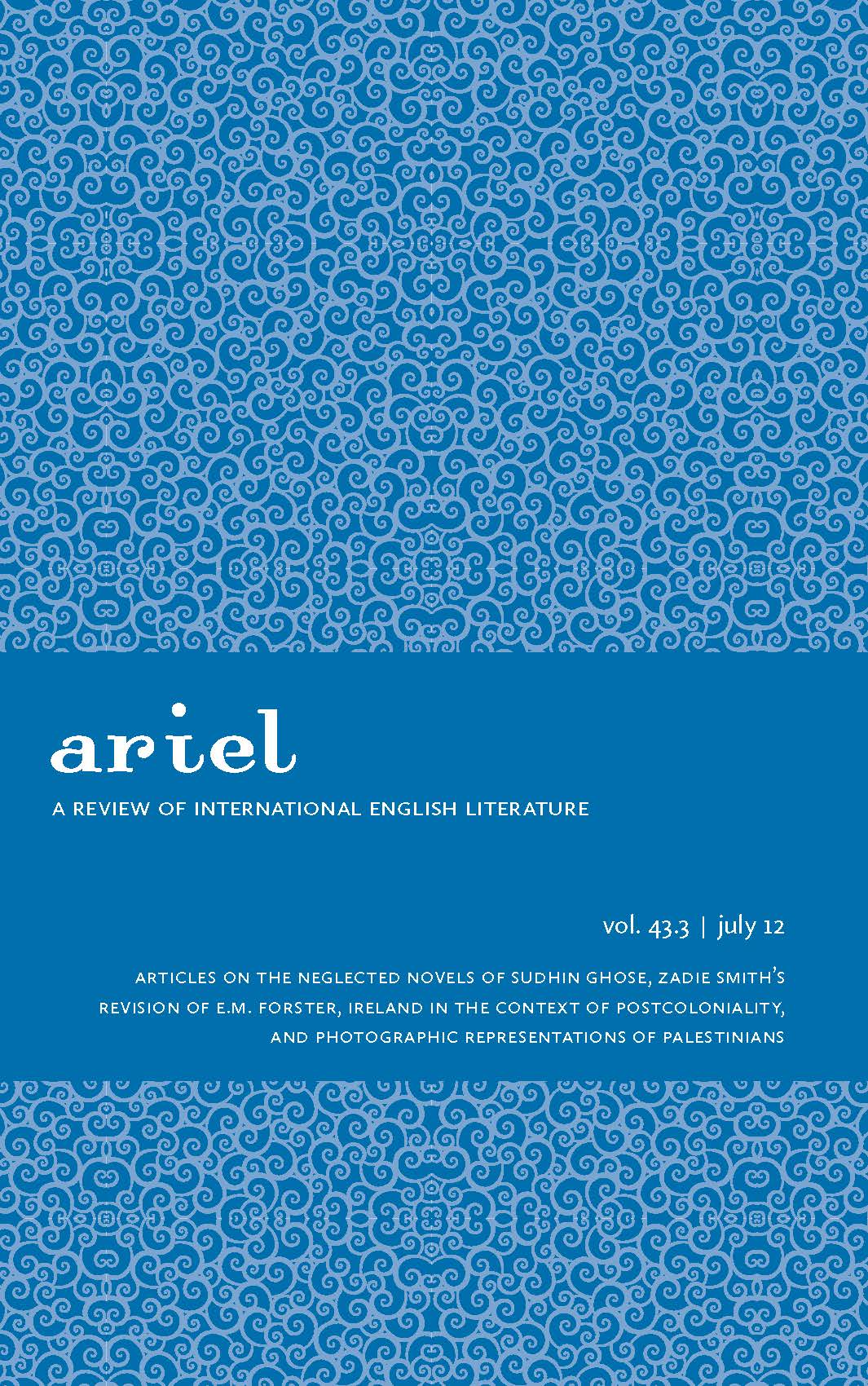“Double Vision”: Visual Practice and the Politics of Representation in Edward W. Said and Jean Mohr’s After the Last Sky
Keywords:
Palestine, text-image interaction, photo-essay, photography, violence, politics of representationAbstract
“Double vision,” a figure Edward W. Said invokes in the introduction to the photo-essay After the Last Sky, is a fitting name for the critical visual practice that the book engenders. A joint effort of Said and photographer Jean Mohr, After the Last Sky models a self-conscious vision that always also interrogates its own conditions of viewing. The book couples Said’s textual reflections on the plight of the Palestinians with photographs Mohr took in the Middle East over the course of several decades. Said’s text speaks to or with Mohr’s images, but not necessarily for them, and the images, in turn, alternately generate, illustrate, and frustrate the text. The doubleness at the heart of the book’s visual discourse and practice seeks to unsettle the affects, rhetorical figures, and political postures that fuel the violence of the Israeli-Palestinian conflict and thus perpetuate suffering. As a model for ethical seeing, this critical double vision also has much to offer as a compelling answer to the all-too pervasive iconophobia—or suspicion and hostility toward the visual—that theorists such as W.J.T. Mitchell, Jacques Rancière, and Rey Chow argue has characterized a great deal of cultural criticism over the last several decades. This way of seeing is both particular to the Israeli-Palestinian conflict and Said and Mohr’s unique relationship to it and supple enough to translate to other violent and politically complicated circumstances.


